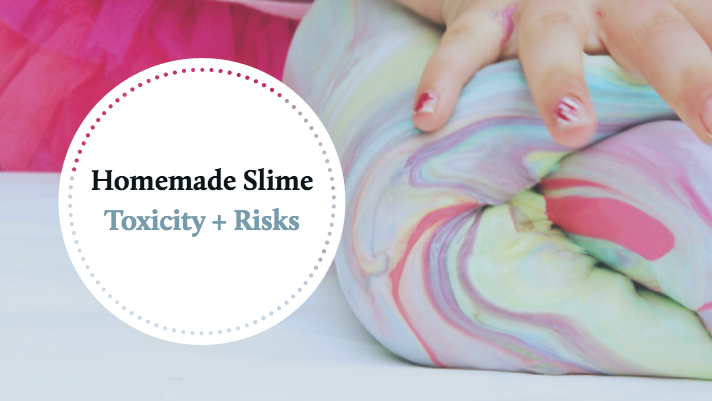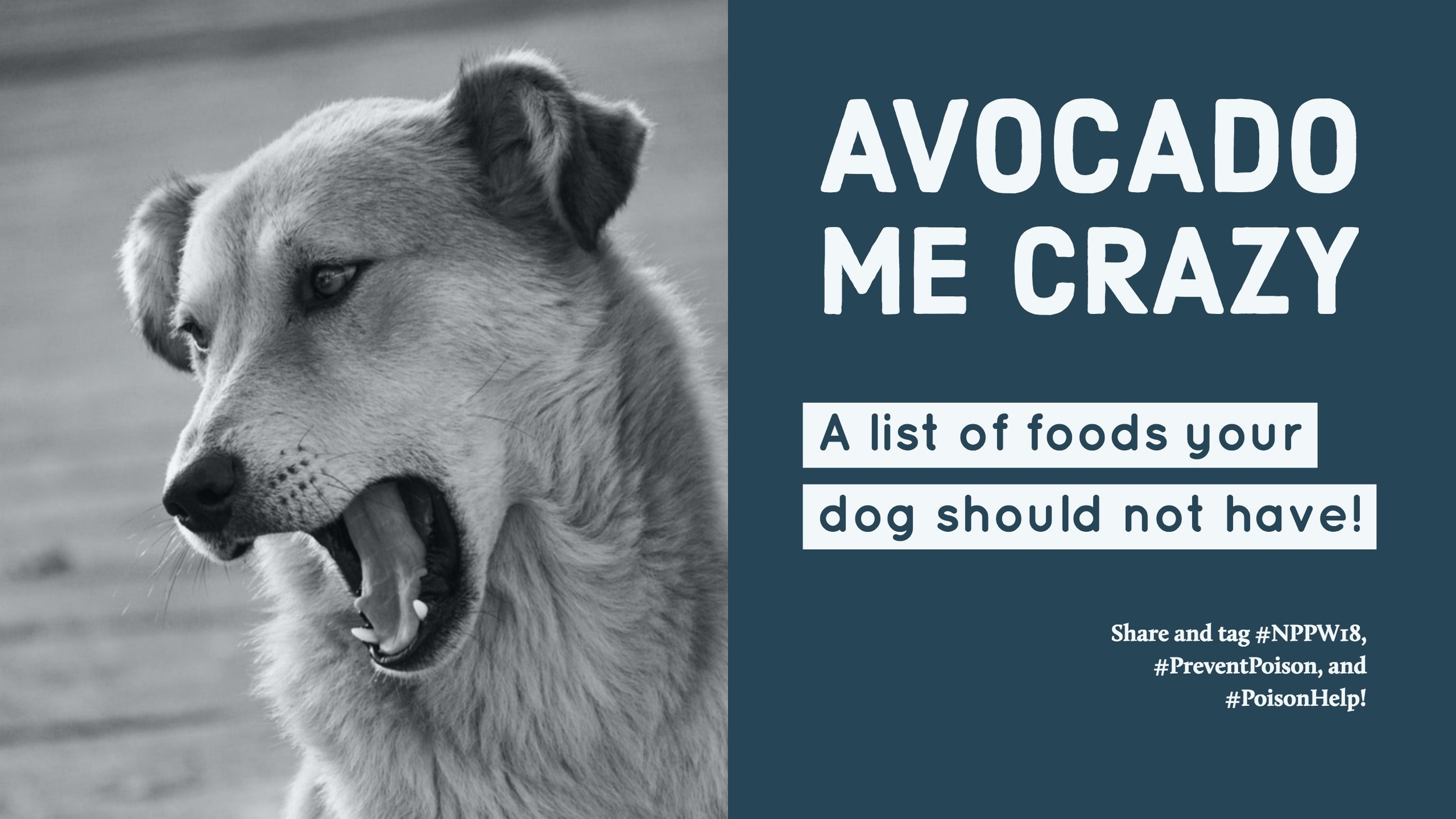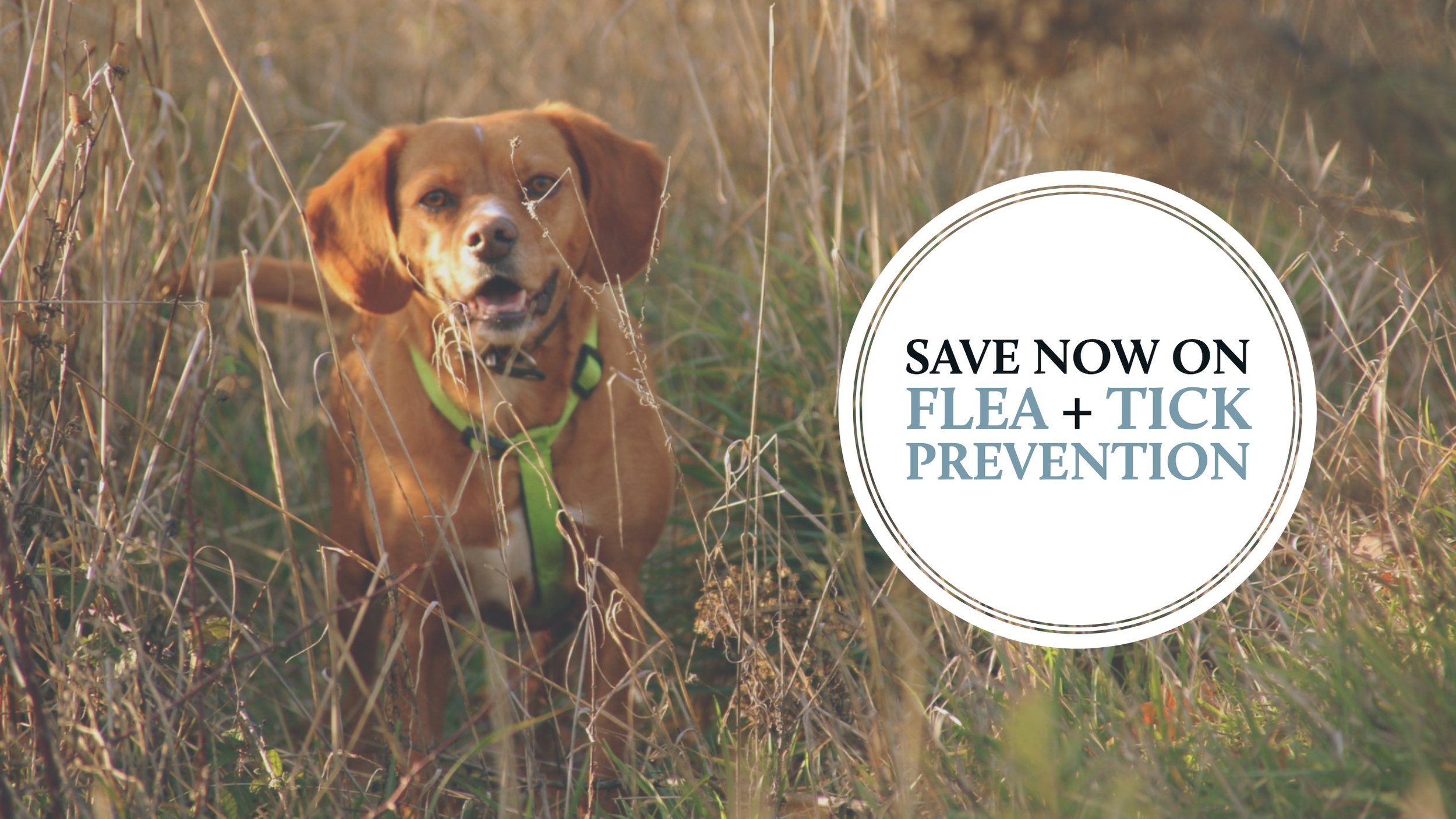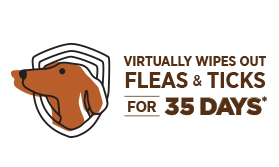Clinical signs, tests, and treatment
What is Cushing’s Disease?
Cushing’s disease (otherwise known as hyperadrenocorticism), is caused by overproduction of the hormone cortisol or overuse of corticosteroid drugs like prednisone.
Most cortisol in the body is made by the adrenal glands. If an adrenal tumor is present, it can over-secrete the hormone. Adrenal tumors are responsible for about 20% of Cushing’s cases in dogs, usually larger breeds.
A tumor located in the brain (pituitary gland) can also stimulate the adrenal glands to produce more cortisol than normal.
Cushing’s Disease Symptoms in Dogs
Diagnosing Cushing’s disease is not always an easy process. Symptoms are often somewhat nebulous and are seen as other diseases as well. Classic signs of Cushing’s disease, however, are:
Increased appetite
Increased thirst and urination
Skin problems
Recurrent infections
Panting
Muscle weakness
A pot-bellied appearance
Neurologic changes in advanced pituitary-dependent hyperadrenocorticism.
It is important to keep in mind that not every dog’s case of Cushing’s disease has every listed symptom.
What to expect at the vet's office
Your vet may proceed with diagnosing a dog with Cushing’s disease when a patient exhibits particular yet suspicious signs, like:
Run a blood chemistry panel, complete blood cell count, a urinalysis, or any other lab work (heartworm test or fecal exam) that might be called for based on a dog’s physical exam and/or history. The results should either point toward or away Cushing’s, i.e. elevated alkaline phosphatase levels and a stress leukogram.
With a sample of urine, your veterinarian can run a cortisol: creatinine ratio test. If the results are normal, Cushing’s disease is extremely unlikely. If they are elevated, Cushing’s disease is possible, but not a definitive diagnosis, as other diseases can produce the same result.
Identify most (but not ALL) cases of Cushing’s disease and determining whether the adrenal or pituitary gland form of the disease is present (which also determines treatment) is done with a combination of an ACTH stimulation test, low dose dexamethasone suppression test (LDDS), high dose dexamethasone suppression test, and/or abdominal ultrasound.
Treatment for Cushing’s Disease
Medications: Dogs with Cushing’s disease caused by a tumor in their pituitary glands are generally treated with either mitotane (Lysodren) or trilostane.
Surgery: Cushing’s disease that is caused by a tumor in the adrenal gland is best treated by surgically removing the tumor.
If a dog’s symptoms are not too serious (i.e. he/she is panting more but is otherwise normal), treatment may not be necessary unless the problems become worse over time. Close monitoring of dogs undergoing treatment for Cushing’s disease is essential. The goal is to suppress cortisol production enough to keep pets healthy, but not so much that a new, opposite problem arises: hypoadrenocorticism, otherwise known as Addison’s disease.
Dogs with Cushing’s disease can be expected to live three years or even longer, after diagnosis with an appropriate treatment and a dash of luck, but while this is a condition that can often be successfully managed, it is only rarely cured.











